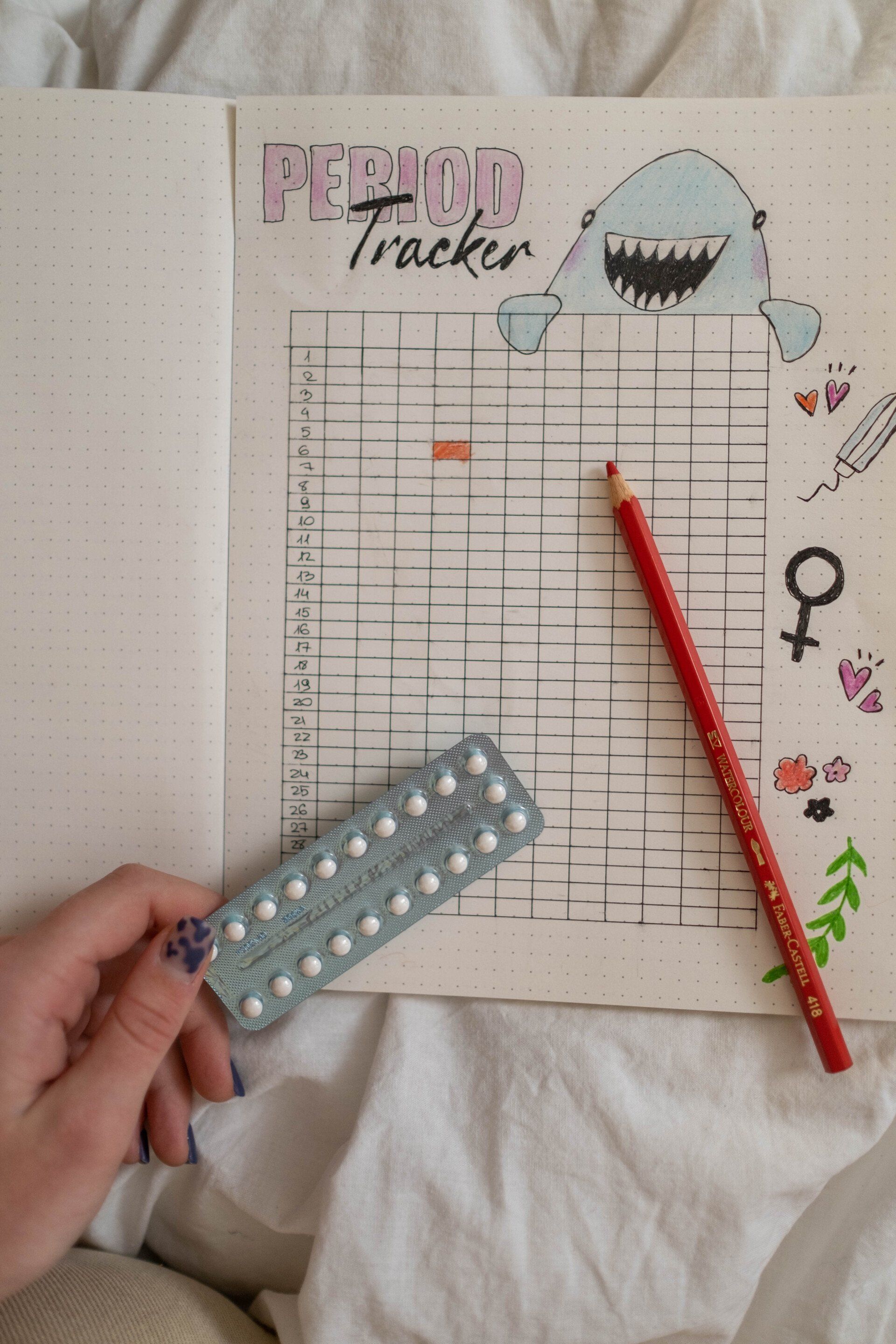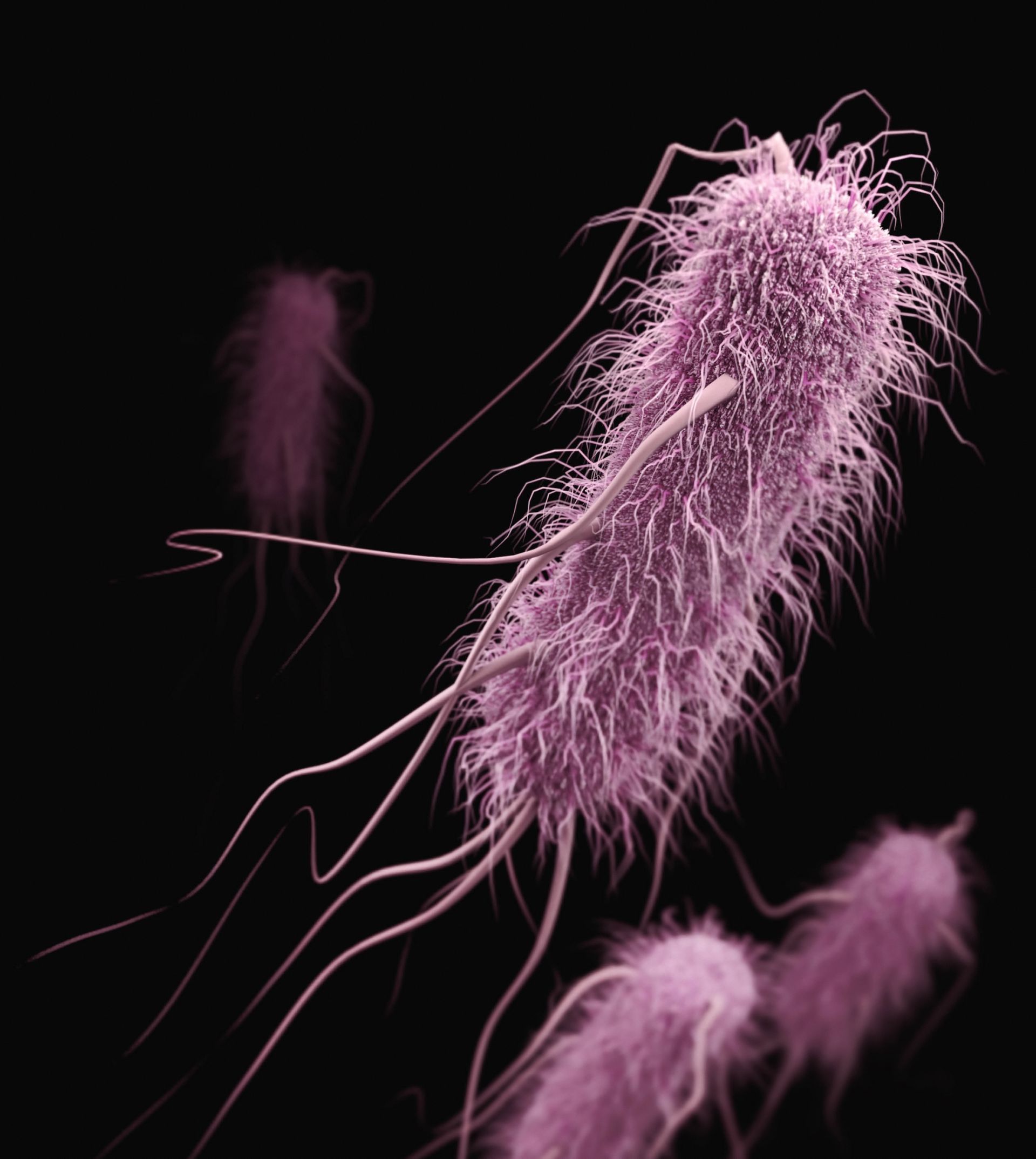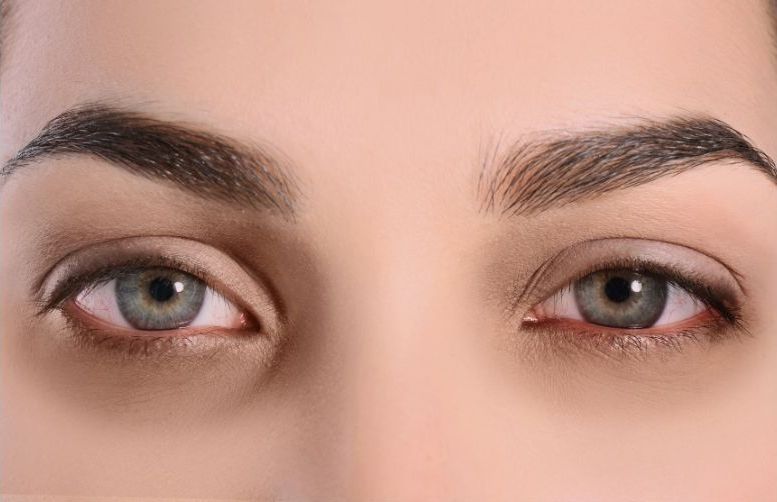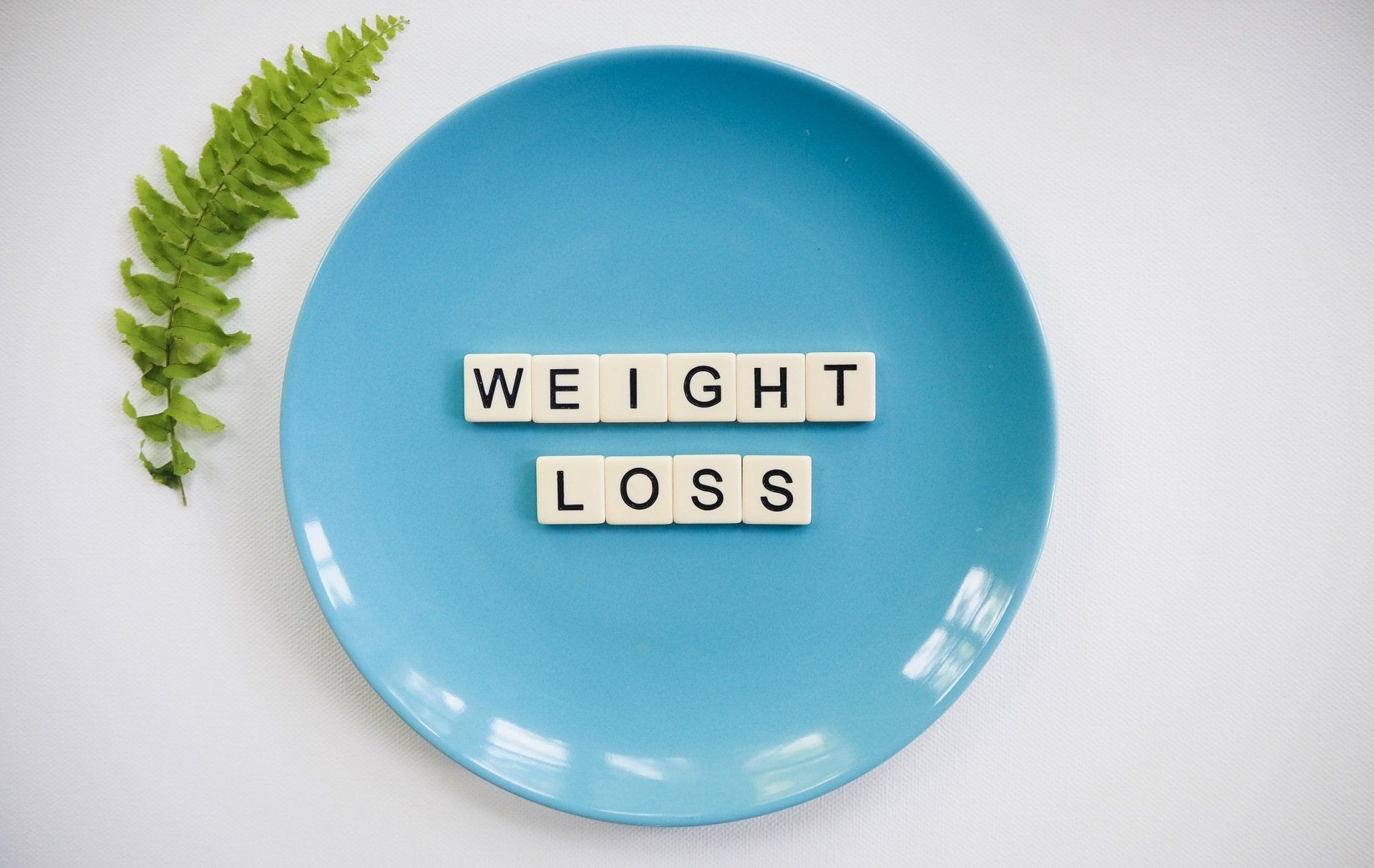Search results for 'nutrition' (52)

Bone health hinges on a delicate balance between two key types of cells: osteoblasts, which are responsible for bone formation, and osteoclasts, which break down bone tissue. This intricate process is influenced by various factors, including nutrient levels, hormones like estrogen and vitamin D, age, inflammation, and the beneficial stress from exercise. For women over the age of 50, the risk of decreased bone density can lead to conditions such as osteoporosis and osteoarthritis. These issues significantly raise the risk of falls and fractures. It’s worth noting that gluten intolerance can contribute to underlying inflammation, further complicating bone health. Essential Nutrients for Bone Strength To support robust bone health, it’s vital to incorporate a variety of essential nutrients into your diet: Calcium: A critical component of bone density, found in dairy products (preferably fermented), tofu, sardines, and dark leafy greens. Protein: Necessary for bone structure and repair, sources include meat, fish, seafood, eggs, beans, legumes, dairy, bone broth, and collagen powder. Vitamin D: Important for calcium absorption and bone mineralization, it can be obtained from sunlight exposure, fish, liver, and eggs. Vitamin K: Plays a significant role in bone metabolism, available in green vegetables, eggs, and kiwi. Magnesium: Supports overall bone strength and can be found in nuts, seeds, legumes, and leafy greens. Silicon: Contributes to bone density and can be sourced from whole grains, carrots, green beans, and even beer. Boron: Aids calcium absorption, with sources including prunes, raisins, dried apricots, and avocados. Additionally, bone metabolism is influenced by other nutrients such as vitamin C, B vitamins, potassium, fluoride, phosphorus, manganese, iron, zinc, and copper. The Whole-Food Approach: Why Diet Matters It’s essential to understand that no supplement can substitute for the diverse nutrition that a balanced, whole-food diet provides. Along with sufficient nutrient intake, engaging in weight-bearing exercises is crucial for promoting bone density, muscle strength, and balance. Enhancing Bone Health with Prebiotics and Probiotics Integrating prebiotics and probiotics into your meals can enhance calcium absorption in the digestive system, providing further support for your bone health. Sunlight: Your Natural Source of Vitamin D The best way to elevate your vitamin D levels , a key regulator of bone mineralization, is through sunlight exposure. Navigating the Complex World of Supplements While the use of supplements can be a complex topic, it’s important to focus on a varied diet. Consider vitamin D3 and K2 supplementation only if testing reveals deficiencies, as the factors affecting bone density are multifaceted. Insightful Analysis Through HTMA Testing For a comprehensive understanding of your nutritional status, consider an HTMA (Hair Tissue Mineral Analysis). This insightful test reveals your levels of essential minerals as well as the ratios between them, providing a clearer picture of your overall mineral balance. By analyzing your unique mineral profile through HTMA, you can pinpoint any deficiencies or excesses that may affect your bone health. Conclusion: Laying the Groundwork for Strong Bones In summary, achieving bone balance involves a multi-dimensional strategy that includes a variety of nutrients, regular physical activity, and awareness of health conditions that can impact bone density. By prioritizing a nutrient-rich diet and employing tools like HTMA testing , you can take proactive steps to enhance your bone health and reduce the risk of fractures and falls as you age. In my private sessions and group program, EnergyRx , I teach clients how to apply these principles to support not only their bone health but overall energy and well-being. By understanding the role of minerals and running HTMA testing, you can take control of your health and implement personalized strategies to balance your body from the inside out. Join me to learn how to unlock better energy and stronger bones through nutrition, exercise, and mineral balance. Ready to transform your health? Sign up today! And always, stay engaged and informed about your bone health—it’s never too late to strengthen your foundation!

Doctors frequently prescribe the pill as a solution to common complaints like acne, heavy menstrual flow, PMS symptoms, or irregular periods. While it can alleviate these issues for some women, it fails to tackle the root cause.
What many doctors omit to mention is that the birth control pill comes with its own set of side effects, some of which may be irreversible.

The U.S. Food and Drug Administration has no authority to assess the safety of beauty products before they go on the market. Unlike food and drug manufacturers, the cosmetics industry is free to use thousands of synthetic chemicals in all sorts of products – and they do. Many chemicals restricted or prohibited by the European Union aren't restricted in the United States.

You may like Green Tea, but should you? Green tea is touted around the world as a source of health and wellbeing; however, it contains caffeine, which is known to be a destabilizing nootropic drug. So which wins out? The benefits of green tea or the negative effects of caffeine on adrenal fatigue and other issues? Is green tea healthy?

When you feel unwell, whether it's an ache in your leg or a skin rash, pause to consider nutrition. The microbiome is a complex environment of bacteria, and when it's unbalanced (gut dysbiosis) it can cause chain reactions that effect far-flung parts of the body. It's time you learned about gut dysbiosis. Click to read on.

On your health journey, lunch will likely be the most challenging of your daily meals. Many working individuals do not have the option to eat lunch at home. That makes dining out for lunch extremely easy. Going out to eat is not necessarily bad, if you order correctly, but it can be more complicated to make sure you have the correct balance of nutrients in your diet.

Dark circles under the eyes can be caused by a variety of factors, including genetics, lack of sleep, and allergies. However, one possible cause is an imbalance in histamine levels in the body. Histamine is a chemical that is released by the immune system in response to allergens, it is also released by gut bacteria in your microbiome. An excess of histamine can cause inflammation and swelling, it can also cause your gut to become leaky . When your gut is "leaky," it means that the lining of your intestines is damaged and allows harmful substances to pass through. This can lead to a cascade of problems, as the histamine can than leak out of the gut and into the bloodstream. Once in the bloodstream, the histamine can travel throughout the body, affecting various organs and systems, including the brain, skin, nose, eyes, heart, bladder, uterus, placenta, developing baby, and breast milk. This is why consuming foods or drinks that contain histamine can cause symptoms throughout the body within seconds to minutes. These signs may mean that you have High Histamine: Diarrhea* Bloating* Abdominal discomfort* Reflux* Food Intolerance* Leaky Gut* Skin Issues Migraines and headaches Irritability Difficulty falling asleep Joint Pain Musculoskeletal or connective tissue pain (fibromyalgia) Chronic Fatigue Estrogen Dominance Painful Menstruation Hypotension Tachycardia Rapid Heart Rate Hypotension Dizziness Trouble regulating body temperature Trouble Sleeping *The gut is usually the biggest reason why people experience histamine intolerance. You can find out if your microbiome, or your gut immune system, is overwhelming your DAO enzyme in two ways. Have your doctor or functional medicine practitioner test for high histamine with a Diamine Oxidase (DAO) Level test. This is analytical test which is carried out in the laboratory using the ELISA method to measure the level of the DAO enzyme in the blood. A quick home test: Away from food, on an empty stomach take a histamine blocker supplement. You can create a free account with my online store here to order. After swallowing the capsule, it opens up and begins digesting histamine right away in your small intestine. If there’s a lot of histamine in your small intestine, you’ll likely begin feeling better. If there’s not much histamine in your gut, you won’t notice much of a difference. What does this tell you? Do I have a lot of high-histamine producing bacteria living in my gut? Yes or No. Is my gut immune system producing a lot of histamine? Yes or No. With this information, you know if your histamine symptoms are gut related or not. If not, then you know you’re reacting to something in your environment like mold, an infection, or your histamine pathway is dirty for other reasons. Addressing the root cause of high histamine levels in the gut is crucial for healing leaky gut and preventing further health issues. By maintaining healthy histamine levels in the gut, you may be able to reduce the appearance of dark circles and improve overall skin health. There are many ways to heal with functional medicine. You can work with Heidi via our group functional medicine program or one on one . To find out if this is the right path for your health journey you are welcome to schedule a free health discovery session with our office.

























































































